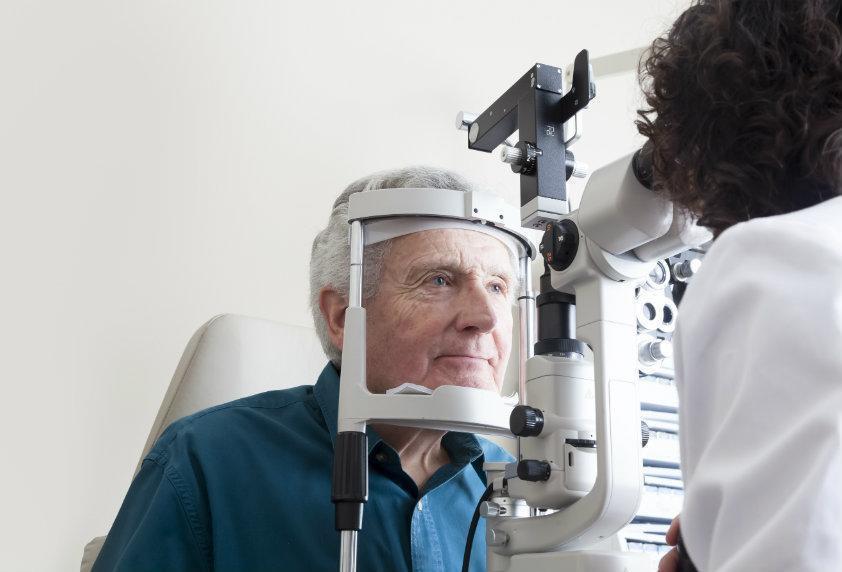Many conditions exist which can potentially damage or reduce the clarity of a person’s cornea. Injury, disease, or trauma resulting from impact, genetic disorders, or infections can result in scarring of the cornea which reduces the clarity of this part of the eye.
Herpes keratitis infections present a particularly high risk of disease-related damage to the cornea. Fuchs’ Dystrophy, a hereditary condition is another common cause of corneal failure. Keratoconus is a condition which results in the deep convexing of the cornea. Occasionally, corneal failure can result from standard eye surgeries such as cataract surgery.
The implementation of a corneal implant will be necessary if the patient’s vision cannot be corrected to a satisfactory degree using glasses or contact lenses. Also, if treatments fail to relieve painful swelling, this is another reason eye care professionals may prescribe a corneal transplant.
How a Corneal Transplant is Done
Corneal transplants are done by first retrieving a human cornea from a deceased organ donor. Before the replacement cornea can be qualified for transplant, it must be tested for viruses that cause diseases such as HIV, hepatitis, and other potentially dangerous and infectious diseases. The cornea will be inspected for clarity to ensure that it is actually able to provide an improvement in the patient’s impaired visual acuity.
Traditional full corneal transplants, known as a penetrating keratoplasty, replaces a circular section which is removed from the center of the patient’s cornea. Then, a matching circular segment, removed from the healthy eye of a donor, is placed into the position from which the diseased cornea was removed. The replacement cornea is then delicately sutured into position.
In cases where an endothelial keratoplasty (EK) transplant is performed, only the diseased inner lining of the patient’s cornea will be removed. Then a thin, circular slice of the donor’s tissue which contains a healthy layer of endothelial cells is carefully positioned into place and will be held there until it heals into the proper position.
The Gift of Sight
Corneal transplants would be impossible without the many thousands of kind-hearted donors and donor families who have generously given their precious corneal tissue so that those who need to receive a corneal transplant may have their sight restored. Each year, more than 50,000 people in the United States who are suffering from a disease of the cornea are given the gift of renewed sight thanks to the gifted surgeons and medical professionals who are trained to perform the procedure and the thousands of registered cornea donors.
